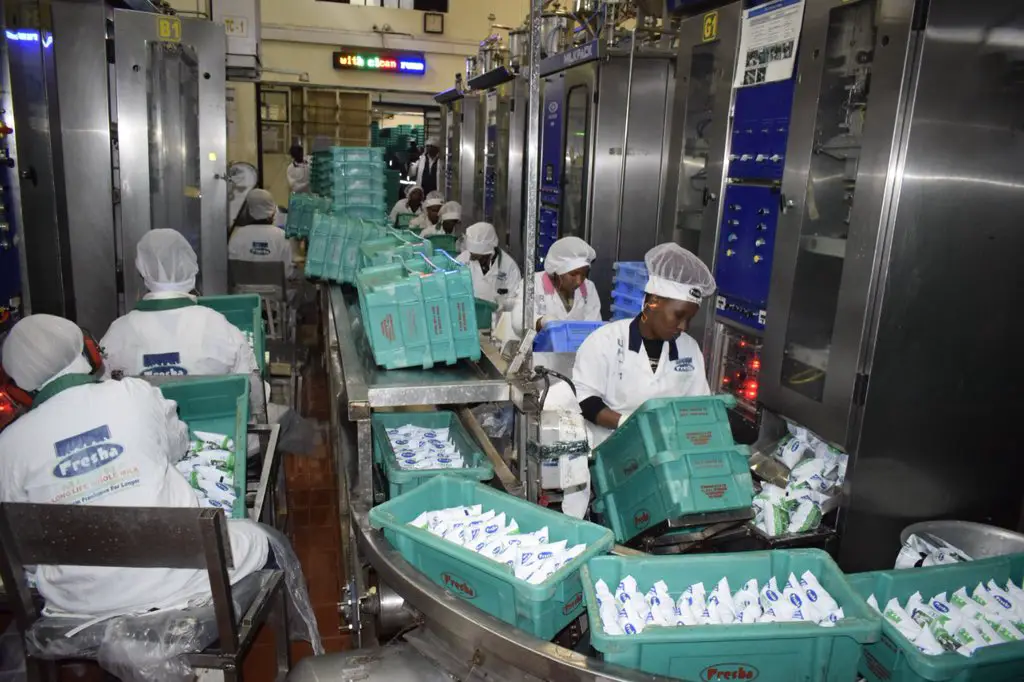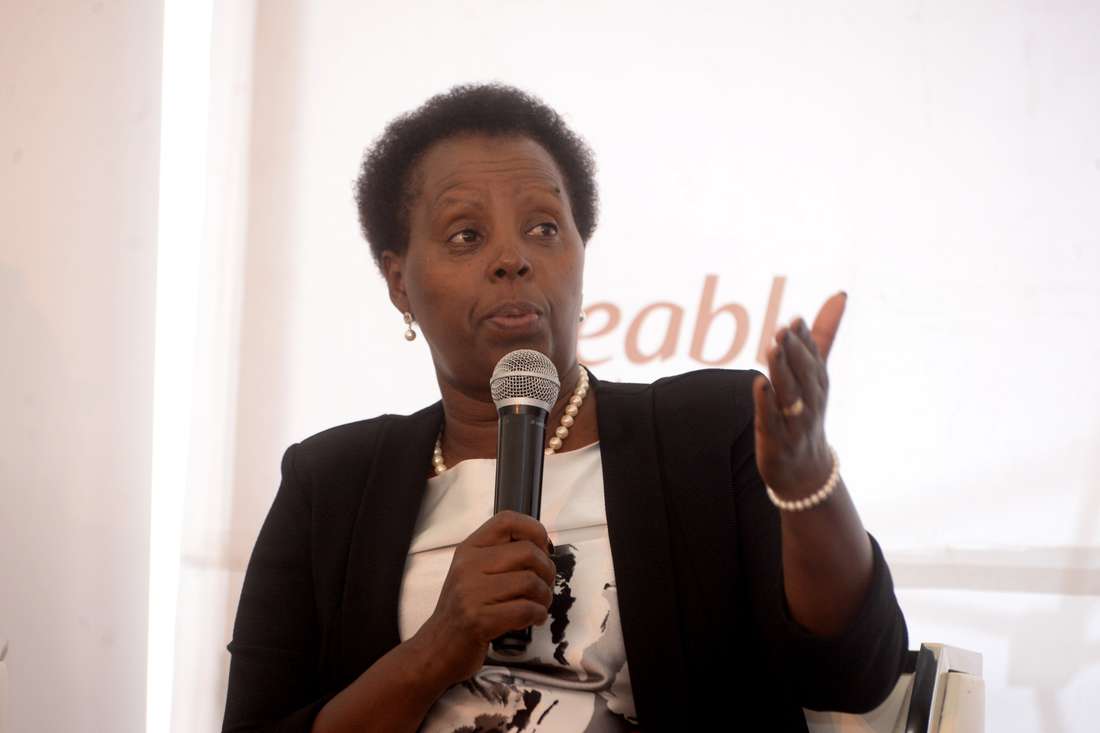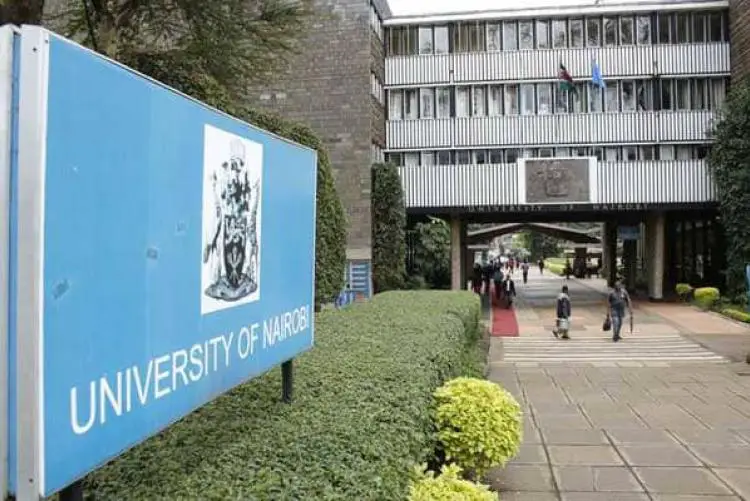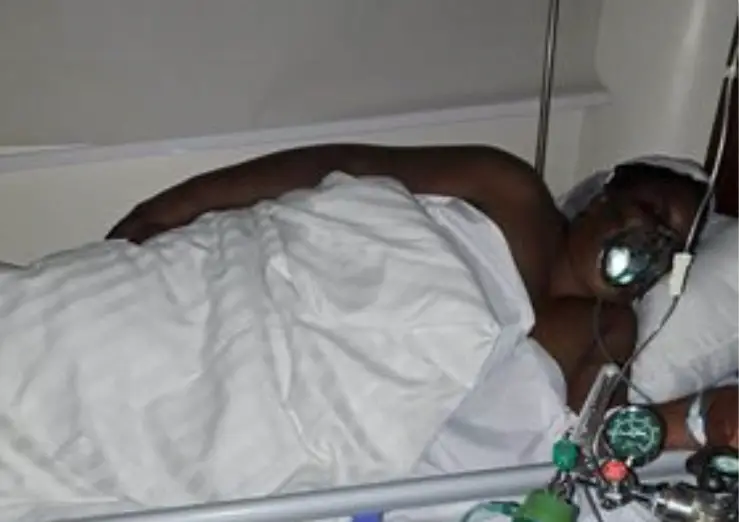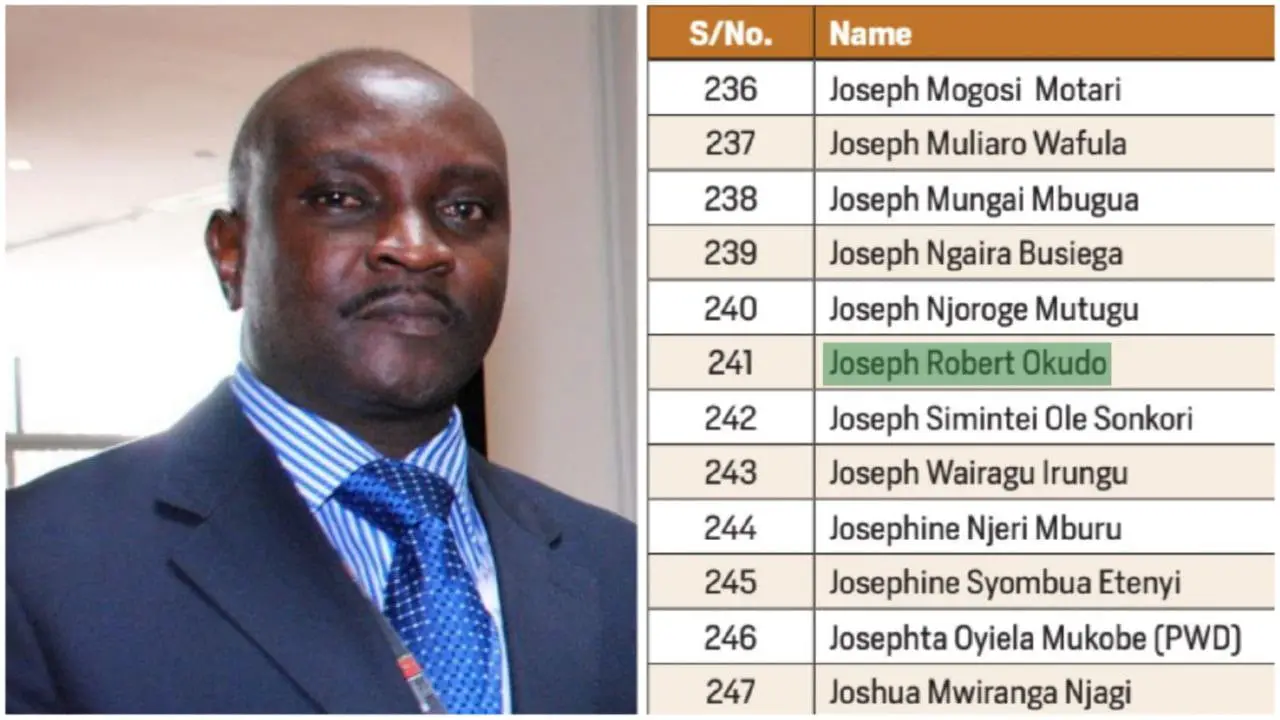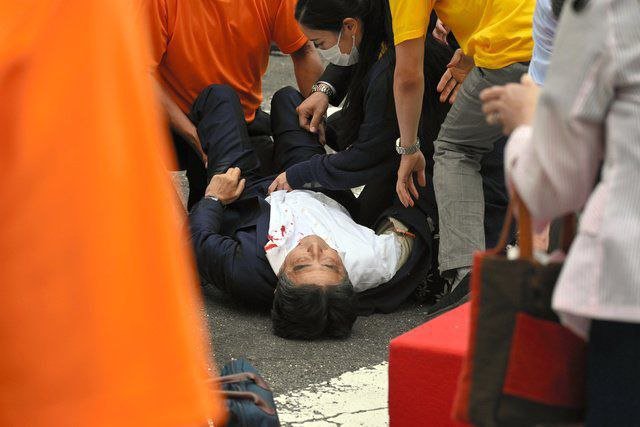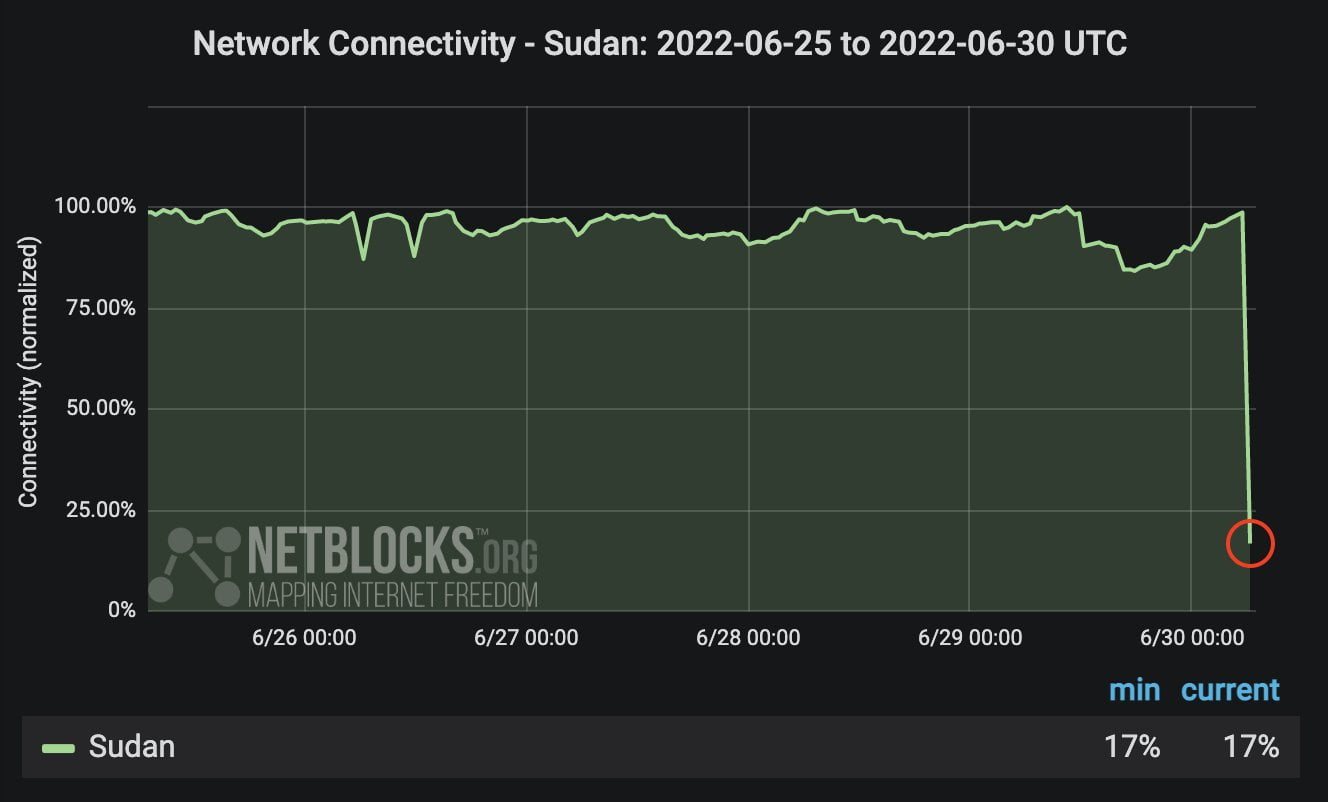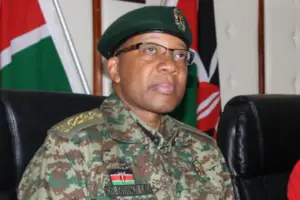The year 2014 had the highest number of deaths resulting from terror attacks at 173, with Lamu County accounting for 67 deaths, while Mandera saw 64 people killed.
During and after the Lamu attacks the residents of Mpeketoni and Witu areas fled their homes to stay in churches and schools fearing fresh attacks, leading to the closure of some schools.
Acting Inspector General of Police Samuel Arachi who released the report noted that terrorist cells in the country had decided to radicalize youths mostly at the coastal region in order to derive their terrorist’s agenda.
“Radicalization has remained the most significant threat, when individuals especially the youth make the decision for whatever reason, to act violently based on their beliefs. The target population affects the Muslim youth and religious groups in Mombasa, Lamu and Kwale counties who are vulnerable because of unemployment,” he stated.
Interior Principal Secretary Monica Juma who spoke during the forum revealed that already the government had mapped out a national strategy on counter radicalisation which includes rehabilitation of youths returning from Somalia.
“We are looking at the education curriculum, discussions with Imams and Sheikhs in terms of religious and schools which are protected to ensure our children are not meeting the first contact of radicalization in those places,” she stated.
The government has since adopted radical measures to curb terrorism.
Other than adoption of tough security laws in December , 15 Non-Governmental Organisations accused of financing terrorism in the country were de-registered by the NGO Coordination Board.


